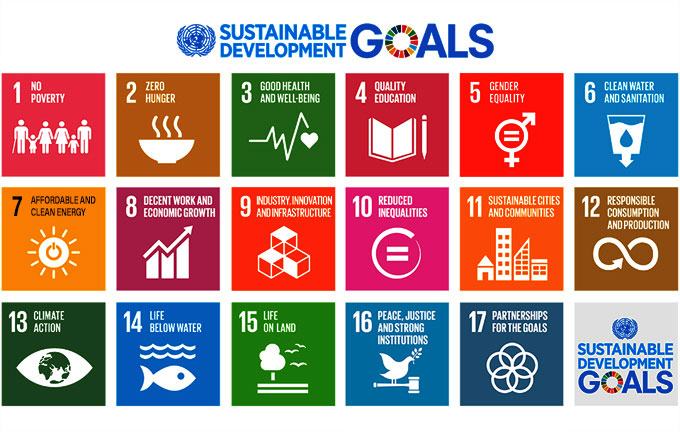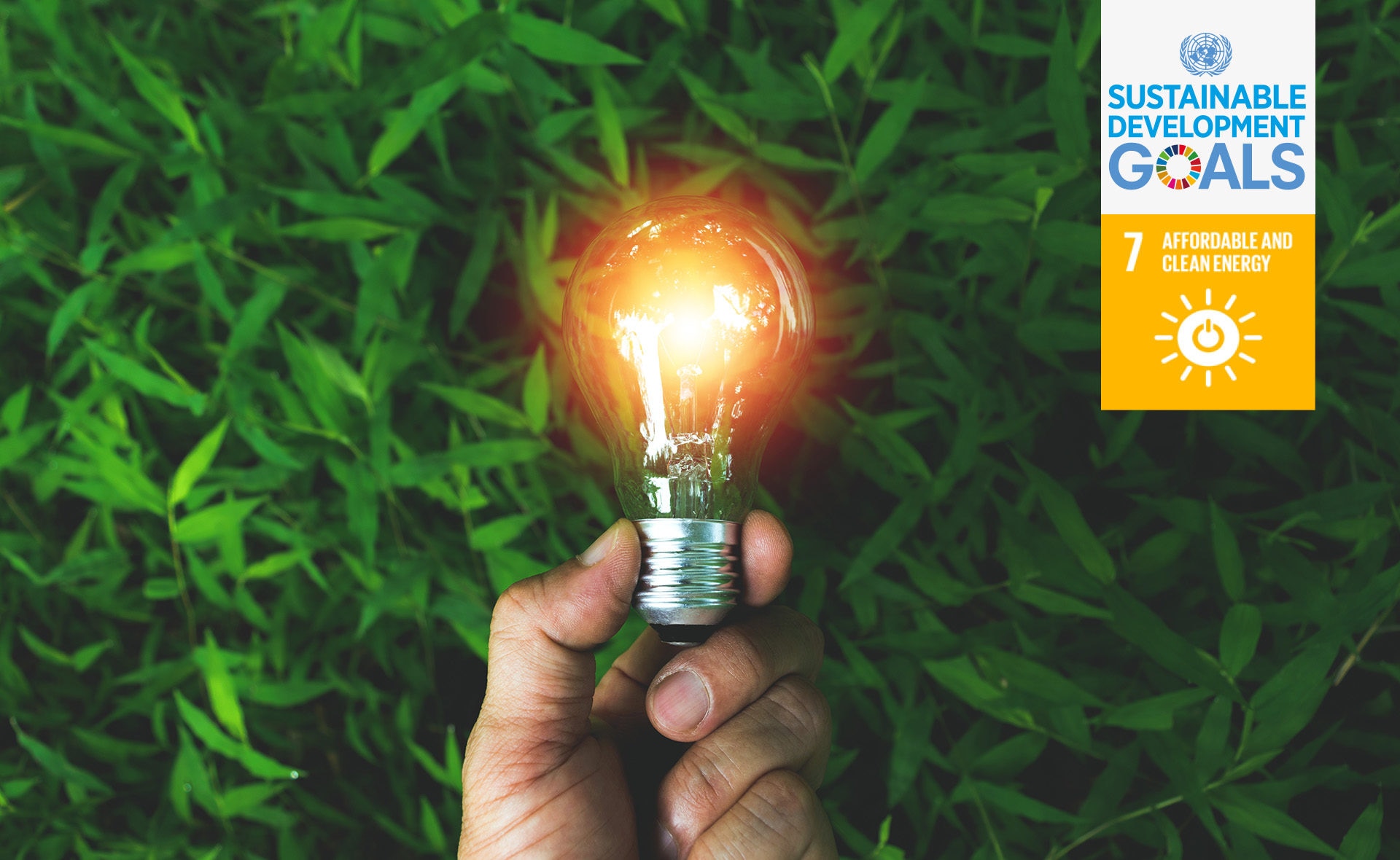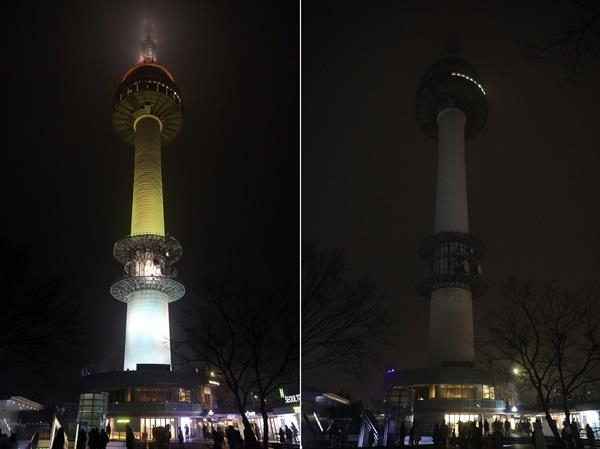Sustainable Development Goals and Climate Change
Since the industrial revolution that occurred in the late 19th century, the world has developed with the priority of economic growth in its own country. As a result, problems have arisen in various aspects of society, such as climate change, refugees, and poverty, which have grown into problems that cannot be solved simply by one country and require global cooperation.

Accordingly, efforts to set common goals to solve these problems began with the United Nations at the center, and starting with the Millennium Development Goals, the Sustainable Development Goals are currently has become an indicator for measuring The Sustainable Development Goals, along with the slogan “Leave no one behind,” suggest the direction for humanity to move forward in five areas: people, earth, prosperity, peace, and partnership.
 Sustainable Development Goals (SDGs)”/>
Sustainable Development Goals (SDGs)”/>
global warming and climate change
Currently, the entire global village is affected by climate change. In particular, the suffering of the socially vulnerable due to serious natural disasters is growing. In recent years, more and more people have lost their precious lives and lives due to heat waves and typhoons. In addition, the occurrence of frequent large-scale forest fires makes it possible to know that these problems are giving serious pain to not only humans but also nature. Experts are warning that in the worst case, the time given to Earth is only 30 years. So it's time to put off taking action for the planet any longer.

Among the Sustainable Development Goals mentioned above, the 7th goal, “affordable and clean energy,” mentions the importance of eco-friendly energy use and saving in responding to climate change. In particular, it is specified that it is necessary to save energy and improve energy efficiency at the national level as detailed goals.

Carbon Footprint and Carbon Neutrality
When mentioning efforts to respond to climate change, a concept that is always mentioned is the carbon footprint, which is an indicator that quantifies the impact of greenhouse gases on climate change. The effort that can be made for climate change at the individual level is to try to reduce the carbon footprint in everyday life. In other words, by reducing the amount of greenhouse gases emitted by human activities, it is to participate in the practice of carbon neutrality, which reduces actual emissions to zero.
Carbon neutrality can be practiced in a number of ways, including using public transportation for short distances and removing unused electrical plugs. The simplest thing to do is to save electricity, and the effect is by no means small. Turning off lights that are not used in daily life is a great help to protect the environment.

WWF's Earth Hour, Global Lights Off Campaign
The most representative example of efforts to save energy is the Earth Hour campaign hosted by the World Wildlife Fund every year. The campaign started in Sydney, Australia in 2007, and is currently being carried out as a global campaign, where people can turn off the lights for an hour from 8:30 pm on the last Saturday of March every year and participate in reducing greenhouse gas emissions.

Every year in Korea, on April 22, Earth Day is held. In 2020, more than 1 million buildings participated in the lights-off event nationwide, and the energy saved by turning off the lights for 10 minutes is equivalent to the amount of carbon dioxide absorbed annually by nearly 8,000 30-year-old pine trees.

“Love Earth, Switch Off (Darkness that Saves the Earth)” Campaign
CUZ, a creative media art company, prepared a campaign using the point that small actions such as turning off lights can not only reduce carbon emissions but also effectively respond to climate change. The greatest strength of the “Love Earth, Switch Off (Darkness that Saves the Earth)” campaign is that it allows many people to participate in the process of saving the earth through the use of various interaction technologies and realizes the seriousness of climate change. point.

The “Love Earth, Switch Off (Darkness that Saves the Earth)” campaign is held at Starfield Hanam, and is a climate change campaign that anyone can participate in. Participants can directly turn off the light switch in the media tower space by scanning a QR code with their smartphone. When the switch is off, energy is conserved and you see the earth and nature come back to life. At the end, the names of the participants who participated in saving the earth will appear on the media tower. In this process, participants can directly realize that my small actions of turning off the switch save the earth.
Tags
- CUZ, interactive campaign, LOVE EARTH, media art, SWITCH OFF, media art, the darkness that saves the earth, Curze
